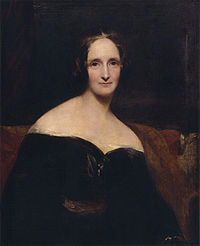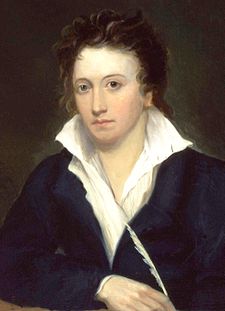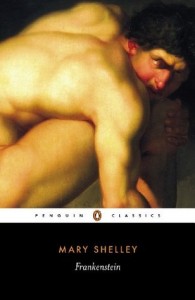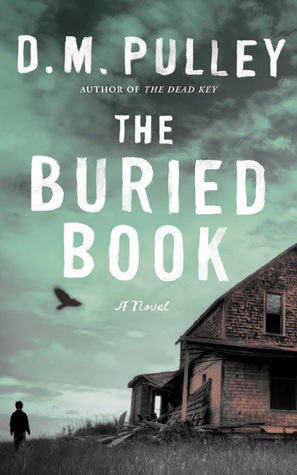 The Buried Book by D.M. Pulley
The Buried Book by D.M. Pulley Formats available: paperback, ebook, audiobook
Pages: 399
Published by Lake Union Publishing on August 23rd 2016
Purchasing Info: Author's Website, Publisher's Website, Amazon, Barnes & Noble
Goodreads
When Althea Leary abandons her nine-year-old son, Jasper, he’s left on his uncle’s farm with nothing but a change of clothes and a Bible.
It’s 1952, and Jasper isn’t allowed to ask questions or make a fuss. He’s lucky to even have a home and must keep his mouth shut and his ears open to stay in his uncle’s good graces. No one knows where his mother went or whether she’s coming back. Desperate to see her again, he must take matters into his own hands. From the farm, he embarks on a treacherous search that will take him to the squalid hideaways of Detroit and back again, through tawdry taverns, peep shows, and gambling houses.
As he’s drawn deeper into an adult world of corruption, scandal, and murder, Jasper uncovers the shocking past still chasing his mother—and now it’s chasing him too.
My Review:
The Buried Book is a chilling story about the loss of innocence and the end of childhood, told by a narrator who is unreliable for all the right reasons, but who just keeps trying to understand.
Jasper Leary is 9 years old. He feels abandoned when his somewhat mercurial mother takes him to her brother’s farm in rural Michigan, and leaves him there for an indefinite future. It is 1952 and all Jasper can see is that his mother doesn’t want him and his father doesn’t care enough to know where he is.
And living on the farm isn’t half as much fun for real as it is for vacation.
Everyone is trying to protect poor little Jasper. This isn’t the first time his mother has run off, but this is the first time she’s left him so far from home. And Jasper’s picture is probably the one in the dictionary next to the saying about “little pitchers” and “big ears”. No one tells Jasper exactly what’s going on with his mother, but he hears plenty – and all of it bad.
When he finds his mother’s childhood diary hidden away in the burned wreck of her parents’ old house, Jasper finds himself seeing into the thoughts and feelings of his mother when she was a 15-year-old girl – and discovers that there was plenty of bad stuff swimming below the surface of this sleepy little farming community back then – and fears that some of it might still be chasing his mother all these years later.
We follow Jasper as he tries to piece together a picture of what happened to his mother, then and now. There is so much that he tries to understand about the world around him, and he so often fails.
Not because he’s not intelligent, but because he has so little to go on. Everyone is trying to protect him from what they perceive as the inevitable awful truth. As far as most people are concerned, his mother is just a bad seed who probably came to her rightfully bad end. And he is, after all, just 9 years old, and he doesn’t yet understand all the terrible ways that the world works.
But she is Jasper’s mother. And he can’t give up, no matter how much trouble he gets himself into. He keeps pursuing that elusive truth, no matter how much the adults, both good and bad, try to keep him from pursuing his missing mother.
Jasper takes a journey through dark places that he is too young to understand. But he keeps going anyway. And in the end, learns that there are some things he would be better off not knowing. But he’ll never be a child again.
Escape Rating A-: The Buried Book is a story that rewards the reader’s patience. The set up takes a long time, and Jasper’s necessarily limited understanding and rightfully childish point of view can make it difficult for adult readers to get inside his head. It’s not a comfortable fit.
But it is a rewarding one. At about halfway, the story suddenly takes off. Jasper has learned enough, or stumbled into enough, that whatever is chasing his mother is also chasing him. He’s afraid to trust any of the adults in his world. He has no way of knowing friend from foe, but he is rightfully certain that the adults mostly want to stop him. And even if it is supposedly for his own good, he can’t let go.
There’s a painful lesson in here about the darkness that lies beneath, and that people don’t want to see. The events of his mother’s adolescence are still with her in Jasper’s present. She wasn’t able to trust any of the adults in her life, either. But the way that they failed her, and continue to do so, is a big part of what destroyed her life, and may also consume Jasper’s.
The end of this story is utterly heartbreaking. Jasper learns a terrible lesson. It’s the one about being careful what you wish for, because you might get it. When the story ends, Jasper is 12, and his childhood is over.
~~~~~~ GIVEAWAY ~~~~~~
I am giving away a copy of The Buried Book by D.M. Pulley to one lucky US or Canadian commenter:


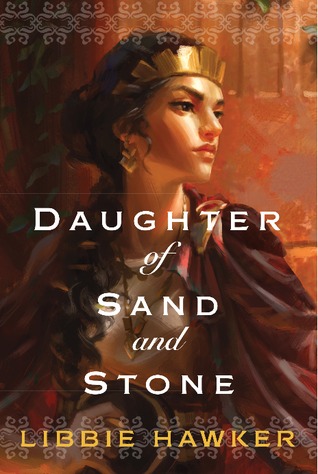 Daughter of Sand and Stone by
Daughter of Sand and Stone by 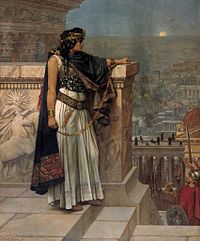
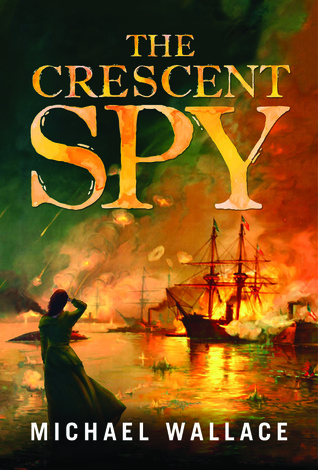 The Crescent Spy by
The Crescent Spy by 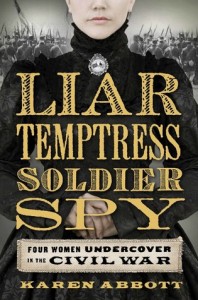
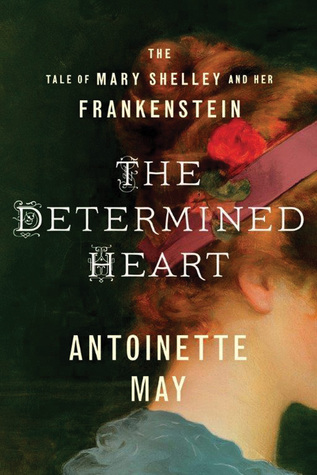 The Determined Heart: The Tale of Mary Shelley and Her Frankenstein by
The Determined Heart: The Tale of Mary Shelley and Her Frankenstein by 